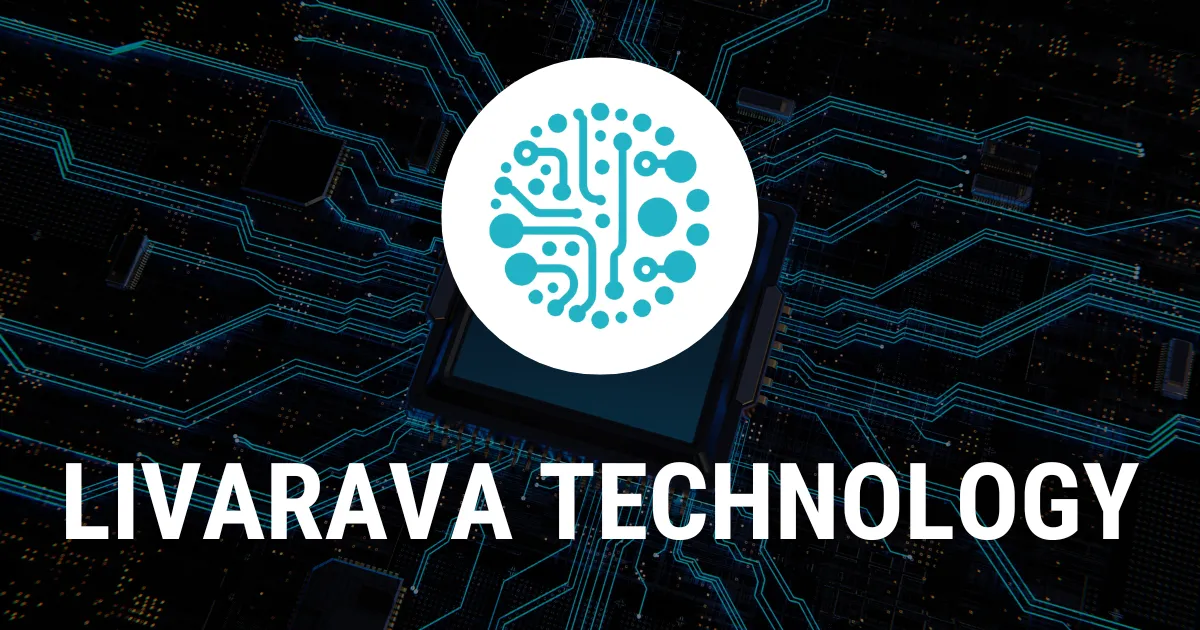Revolutionizing Microelectronics: 3D Printing and Optical Computing at Johns Hopkins APL

Transforming Microelectronics with 3D-Printed Optical Waveguides
At Johns Hopkins APL, researchers are exploring the boundary between electronic fabrication and advanced 3D printing. The integration of optics through optical waveguides allows for enhanced computation capabilities, harnessing photons in addition to electrons.
Benefits of 3D-Printed Optical Technologies
- Enhanced Design Flexibility: 3D printing offers unprecedented freedom in design, moving beyond traditional manufacturing.
- Improved Performance: Combining microelectronics with optical computing opens new avenues for performance enhancement.
- Sustainability: Additive manufacturing techniques can lead to less waste in production.
Future Implications for Tech
The future of printed electronics looks promising as 3D-printed optical waveguides could facilitate advanced microsystems and applications in various fields such as telecommunications and computing.
This article was prepared using information from open sources in accordance with the principles of Ethical Policy. The editorial team is not responsible for absolute accuracy, as it relies on data from the sources referenced.